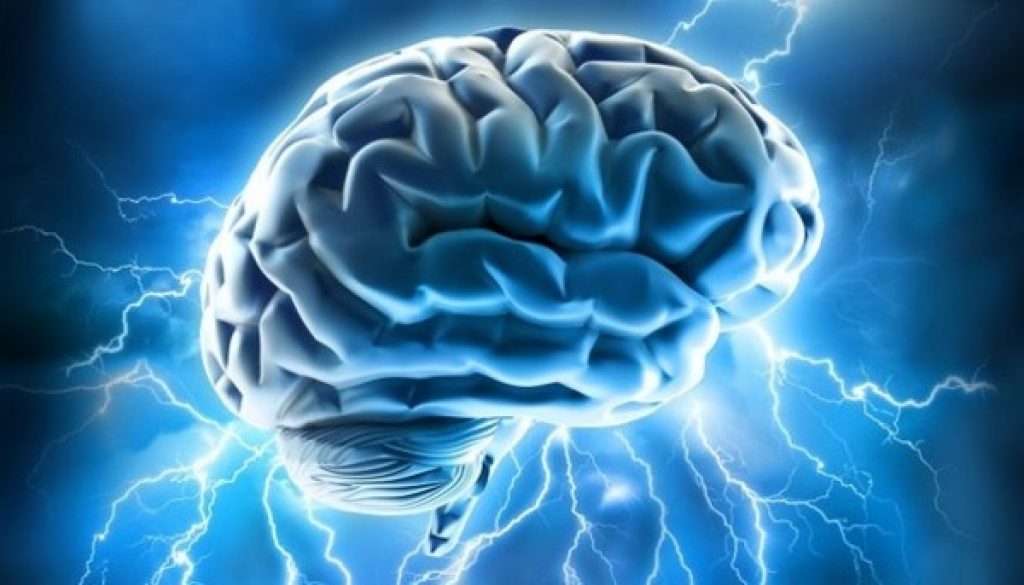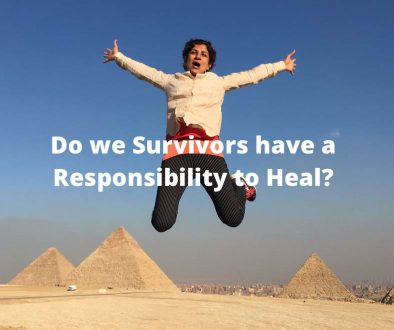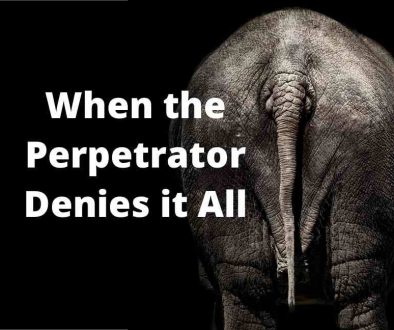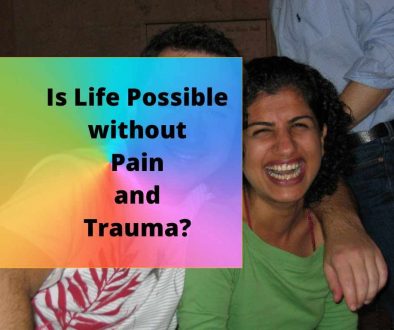Anatomy of Childhood Sexual Abuse Trauma
Most of you have probably played with Lego and know how the bricks can come together to form various shapes and then can easily be turned back into the individual bricks to form another shape or toy?
Let’s say you have a Lego house made up of many bricks – each brick with its own colour and shape. Now imagine that you break the house apart, take all the bricks and hide them in different places. When you find the individual bricks, they won’t make any sense to you because you can’t see the whole.
This is exactly how trauma is treated by the brain. When trauma occurs, the experience is so intense that the only way brain can handle it is to break it into separate, disconnected pieces, which are then sent to different parts of the brain. Then, the brain doesn’t have to make sense of the thing – the trauma – that doesn’t make sense.
The side effect: As adults we lose awareness of some of our emotional responses because they seem to come out of nowhere. We feel offended, or upset; we behave in a controlling manner; we become numb; we shut down and put up walls around us; we become emotionally unavailable without even knowing why; always feeling that other people are out there to get us.
For me, this “side effect” appeared in so many ways during sexually intimate situations. I would start to think about the laundry or other chores that I had to do. I would yawn sometimes and other times I would scratch to satisfy an itch – anything to get me away from what was really happening because it felt too dangerous. Years later, I realised that I had numbed myself in order to protect myself during my sexual abuse experiences. As an adult, a sexual situation was potentially very dangerous because there was a buried fear of being abused. This triggered a response in me, which was created by the trauma but had nothing to do with the immediate situation (which wasn’t dangerous). But my brain somehow forgot that bit. It wasn’t until I was able to integrate the experience of trauma within me; it wasn’t until I put the house back together that I was able to finally let go and allow myself to enjoy the intimacy and the beautiful connection that comes with it.
Diving deep into the trauma
Our brain starts developing when we are conceived and that process doesn’t end until we are in our twenties. There are many layers of the brain and each layer handles our life experiences in a different way.To break it down, our brain can be seen as having three major parts:
- Reptilian Brain: this is the basic survival brain. Blood flow, body temperature, and fight or flight responses are managed here. it’s almost mature at birth
- Limbic brain: This is our emotional and sensory brain. It develops in the first 18-24 months of our lives. You could say that it has a mind of its own 😉
- Cognitive brain: This is the logical brain. This is where we make sense of things. This is also where our stories get created. This part of the brain continues to develop until our early 20’s.
Survival mode kicks in when a child is being sexually abused. The brain, very quickly, needs to determine the most appropriate of the fight, flight or freeze responses. A child can fight (this is probably very rare); a child can freeze or numb (very likely); a child can flee (physically unlikely).
In this state of fight, flight or freeze, while the act of abuse is still going on, the limbic brain starts to take a note of sensory signals. These include the internal body state as well as the external stimuli. What does the offender look like? What are they wearing? How are they moving? What do they want? Are they hostile? What’s the setting or the place? What’s going on within one’s body? What’s the body temperature, the blood flow, the state of the muscles? How’s the offender feeling? How’s the child feeling? Are there other people around?
All of these sensory and emotional signals are recorded and sent to various parts of the brain. The brain only connects the story as much as it can handle. As a result, a very interesting phenomenon occurs. Long after the abuse has finished, if the experience is not integrated within the mind, the affected person may react to various situations as if they are being attacked.
You can blame this stress response on the amygdala. The amygdala forms part of limbic brain system. Its job is to figure out what emotional responses are required in a situation at hand. Unfortunately, it completely bypasses the cognitive side of the brain and since it needs to act very fast (in nanoseconds), it limits the amount of sensory input received so that it can fulfil its function.
The problem with this is that sometimes the amygdala will assess a situation as threatening because some of the sensory inputs are similar to what was received when the abuse occurred. The cognitive brain hasn’t engaged yet so amygdala declares it as a “dangerous” situation and the limbic/reptilian brain responds accordingly. Muscles contract and the individual defence mechanisms are activated soon thereafter. All of this happens so subtly that on the outside it can just appear that the individual is over reacting because everything is seemly fine. Other people probably have no idea how the situation has escalated in the brain of the affected individual.
If you look at a healthy brain, the stress response is very normal part of it. The brain acknowledges a threat, prepares to respond, and responds. Then once the threat has disappeared, everything returns to normal.
For the adults who have experienced sexual abuse as children, this process becomes somewhat muddled. The brain becomes super alert to note anything that may signal a danger. The amygdala is hyperactive so even minor changes in the environment may trigger a stress response.
How do adults manage that process? Or rather how did I do it? By being in control of the situation. As long as things around me were certain; as long as I knew what was going on, I felt safe (a perceived state of safety). This meant that I appeared very strong, very confident and poised for battle. I didn’t show my vulnerability, just in case someone took me as weak and attacked me. The years of abuse had caused my muscles to always be contracted, to always be ready to fight, just in case something happened.
So how do you manage your sense of safety?
What are some of the ways your emotional responses get engaged to defend? Or to be in control?
In my future blogs, I will also share some of the experiences that allowed me to integrate the abuse and find myself again. Remember – there is light at the end of the tunnel 🙂




December 5, 2016 @ 3:23 pm
What a great blog! You explain the complex brain stuff in an easy to understand way. Thanks for sharing this Ruby and I’m excited to read the next one.
December 5, 2016 @ 5:10 pm
Thanks for the feedback. I am so excited 😉
January 10, 2018 @ 1:44 pm
Thank, I now know why when I am stressed, why I am contracting my abdomen. Thus causing a hiatal henia and breathing problems with my diaphragm.
January 10, 2018 @ 7:45 pm
I am so glad that you do… When I found out about this, so many things made sense and once I knew, it was easier to proceed with the healing…